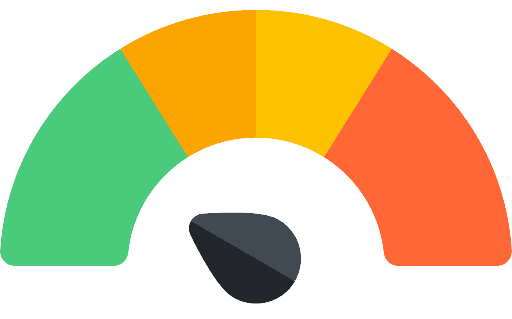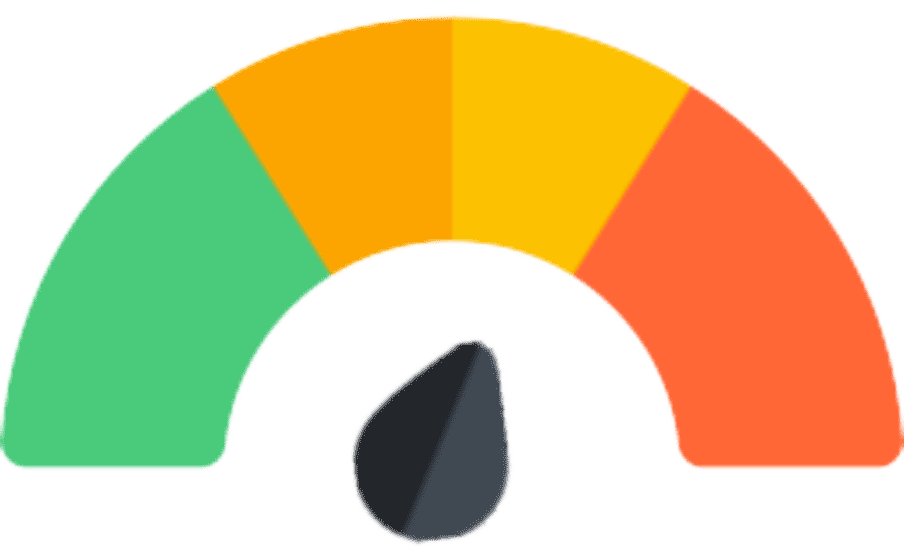(Bold for FDA approved)
 How OXAZEPAM works
How OXAZEPAM works• Binds to benzodiazepine receptors at the GABA-A ligand-gated chloride channel complex
• Enhances the inhibitory effects of GABA
• Boosts chloride conductance through GABA-regulated channels
• Inhibits neuronal activity presumably in amygdala-centered fear circuits to provide therapeutic benefits in anxiety disorders
• Some immediate relief with first dosing is common; can take several weeks with daily dosing for maximal therapeutic benefit
 Notable Side Effects
Notable Side Effects• Sedation, fatigue, depression
• Dizziness, ataxia, slurred speech, weakness
• Forgetfulness, confusion
• Hyperexcitability, nervousness
• Rare hallucinations, mania
• Rare hypotension
• Hypersalivation, dry mouth
 Life Threatening Side Effects
Life Threatening Side Effects• Respiratory depression, especially when taken with CNS depressants in overdose
• Rare hepatic dysfunction, renal dysfunction, blood dyscrasias

unusual

common
• Wait
• Wait
• Wait
• Lower the dose
• Take largest dose at bedtime to avoid sedative effects during the day
• Switch to another agent
• Administer flumazenil if side effects are severe or life-threatening
• Mild to moderate anxiety: 30–60 mg/day in 3–4 divided doses
• Severe anxiety, anxiety associated with alcohol withdrawal: 45–120 mg/day in 3–4 divided doses
 Dosage Forms
Dosage Forms• Capsule 10 mg, 15 mg, 30 mg
• Tablet 15 mg
• Risk of dependence, particularly for treatment periods longer than 12 weeks and especially in patients with past or current polysubstance abuse
• Oxazepam is a Schedule IV drug
• Patients may develop dependence and/or tolerance with long-term use
 Renal Impairment
Renal Impairment• Use with caution; oxazepam levels may be increased
 Hepatic Impairment
Hepatic Impairment• Use with caution; oxazepam levels may be increased
• Because of its short half-life and inactive metabolites, oxazepam may be a preferred benzodiazepine in some patients with liver disease
 Cardiac Impairment
Cardiac Impairment• Benzodiazepines have been used to treat anxiety associated with acute myocardial infarction
 Elderly
Elderly• Initial 30 mg in 3 divided doses; can be increased to 30–60 mg/day in 3–4 divided doses
 Children and Adolescents
Children and Adolescents• Safety and efficacy not established under age 6
• No clear dosing guidelines for children ages 6–12
• Long-term effects of oxazepam in children/ adolescents are unknown
• Should generally receive lower doses and be more closely monitored
 Pregnancy
Pregnancy• Effective June 30, 2015, the FDA requires changes to the content and format of pregnancy and lactation information in prescription drug labels, including the elimination of the pregnancy letter categories; the Pregnancy and Lactation Labeling Rule (PLLR or final rule) applies only to prescription drugs and will be phased in gradually for drugs approved on or after June 30, 2001
• Possible increased risk of birth defects when benzodiazepines are taken during pregnancy
• Because of the potential risks, oxazepam is not generally recommended as treatment for anxiety during pregnancy, especially during first trimester
• Drug should be tapered if discontinued
• Infants whose mothers received a benzodiazepine late in pregnancy may experience withdrawal effects
• Neonatal flaccidity has been reported in infants whose mothers took a benzodiazepine during pregnancy
• Seizures, even mild seizures, may cause harm to the embryo/fetus
 Breast Feeding
Breast Feeding• Some drug is found in mother’s breast milk
• Recommended either to discontinue drug or bottle feed
• Effects on infant have been observed and include feeding difficulties, sedation, and weight loss
Based on data Published online by Cambridge University Press
Compiled by Dr. Jash Ajmera